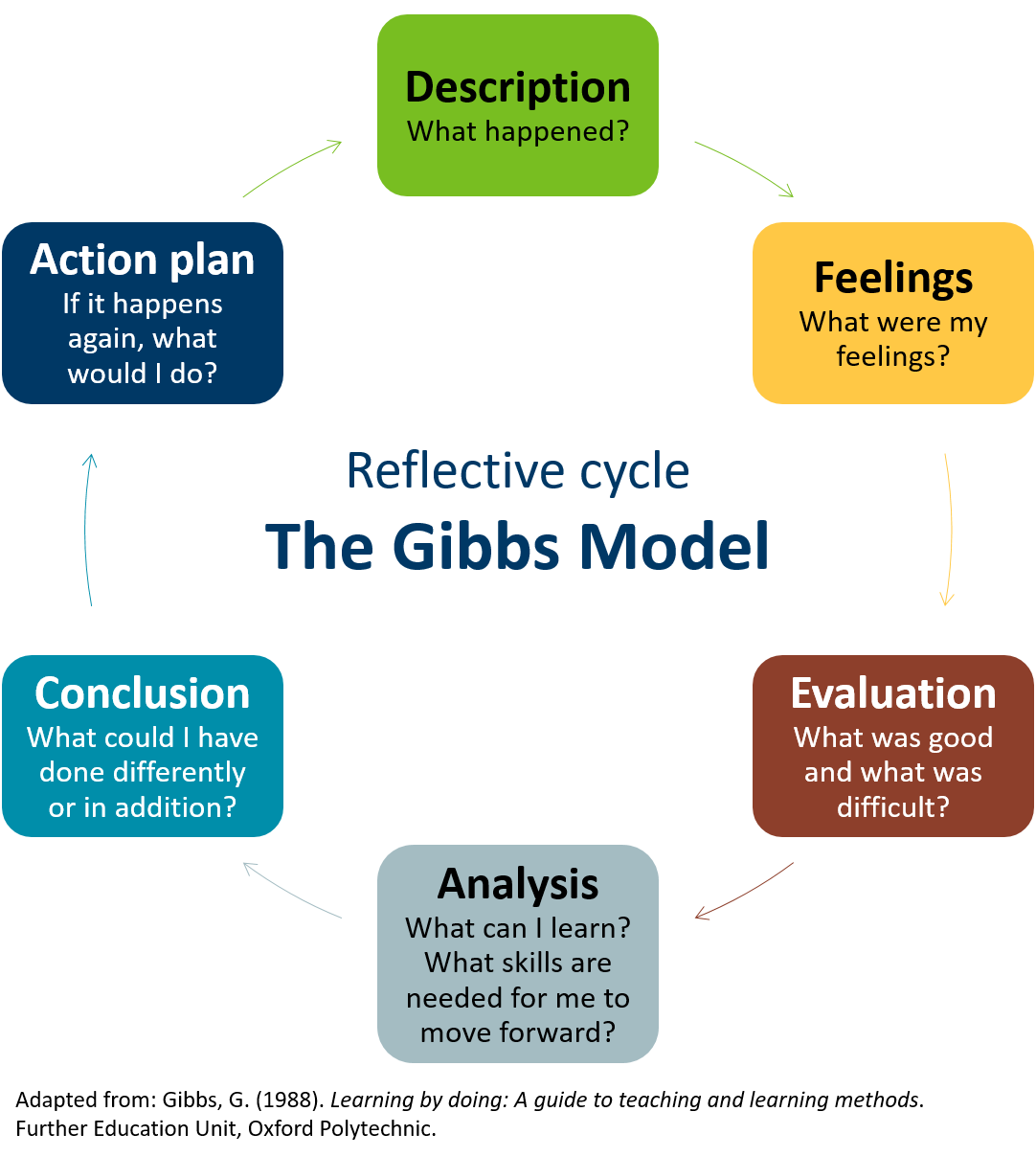Case Presentation Outline
Download a Word version of this page: Case presentation outline (DOC)
Examine your caseload and select a client situation that presents challenging issues, or a case that is going unusually well. Using the following criteria develop a case presentation to present to your preceptor and/or colleagues.
- Background: Include age, gender, ethnicity, living situation, circumstances of your involvement, referral source, etc. Consider adding a brief description of any agencies, organizations, or groups involved. Give relevant history; for example, events that happened years ago may help clarify the current situation, or the situation may have arisen suddenly without obvious historical causes.
- Key findings: Give details of the current situation relevant to helping someone understand this situation. For example: any signs and symptoms of illness; environmental factors that impact the situation; actual or potential resources within the community; and client strengths, risks, goals, and plans.
- Conclusions: Describe your understanding of why things are as they are. It may appropriately reflect uncertainty or ambivalence.
- Interventions and plans: Describe what you have done and what you plan to do about the situation.
- Reason for presentation: Explain why you selected this case when you could have presented several other cases. Does it present a unique challenge or an unusual problem? Does it illustrate the effectiveness of an intervention? Do you need help with the case, or are you presenting it so others can learn from your experience?
- References: Adapted from: California State University-Bakersfield Case Presentation Outline (DOC).
Reflective cycle: The Gibbs Model
Adapted from: Gibbs, G. (1988). Learning by doing: A guide to teaching and learning methods. Further Education Unit, Oxford Polytechnic.

Last Updated: 07/23/2025